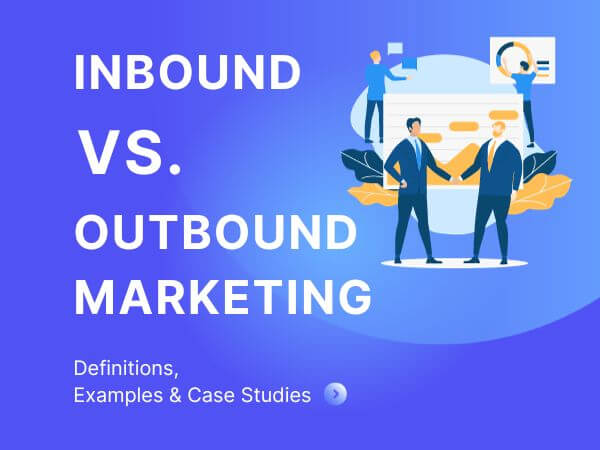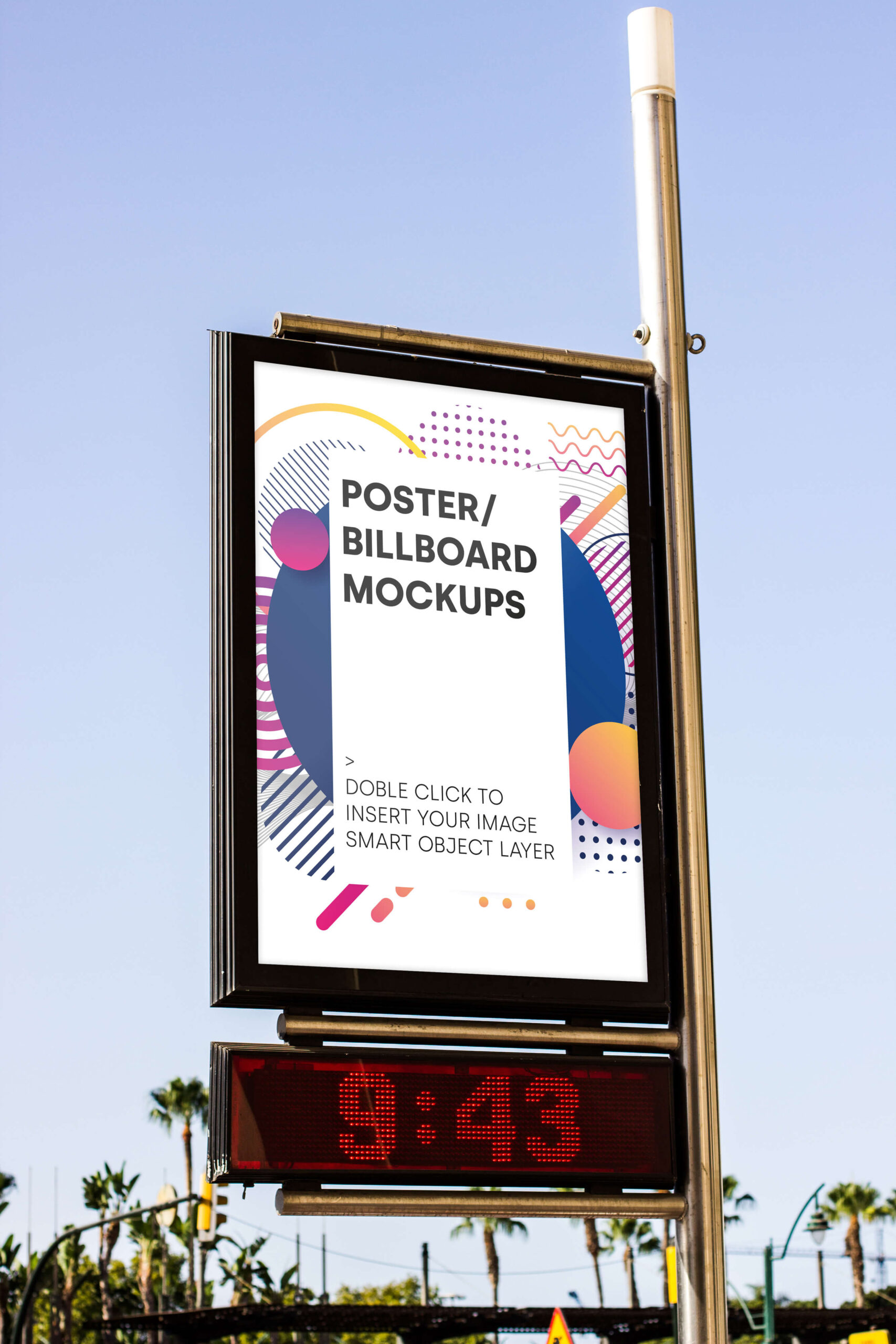Physical Address
LIG Road, Indore (M.P.)
Postal Code: 452001


In the ever-evolving landscape of digital marketing, one critical decision businesses face is choosing between inbound marketing vs outbound marketing. These two strategies, with their distinct methodologies and outcomes, play a pivotal role in shaping a brand’s online presence.
Let’s delve into the nuances of inbound marketing vs outbound marketing, exploring their differences, benefits, and effective implementation strategies.
First, let’s define inbound marketing vs. outbound marketing, keeping in mind two aspects of marketing strategies: distribution and messaging.
Inbound marketing is customer-centric, drawing audiences through engaging content and value. Outbound marketing, on the other hand, involves reaching out to potential customers actively. Let’s dive deeper into these two strategies.
“New Marketing” is any marketing tactic that relies on earning people’s interest instead of buying it.
“Old Marketing” is any marketing that pushes products or services on customers.
Inbound marketing focuses on providing high-quality content that naturally draws consumers to your brand or product. By aligning the content you publish with the interests of your prospects, you organically draw inbound traffic that you can then convert and close over time.
Example of inbound marketing: Subscription-based email marketing, Social media, Blog subscribers, Webinar attendees etc.
Whereas, outbound marketing also known as “Traditional Marketing”. Outbound marketing employs traditional advertising methods, such as TV commercials, print ads, and cold calling, to reach a wide audience. It includes tactics like:
The plan for inbound marketing is comprehensive. It’s a more involved strategy than outbound marketing, requiring:
Effectiveness: Inbound marketing is often seen as more effective for long-term brand building and relationship development. Outbound marketing can generate quick results but may lack sustainability.
Cost: Inbound marketing generally has a lower cost per lead compared to outbound marketing, making it an attractive option for businesses with tight budget constraints.
Methodology: Inbound marketing leverages content creation, SEO, and social media to attract prospects. It builds trust and credibility, fostering long-term relationships.

Benefits: The benefits of inbound marketing include cost-effectiveness, higher-quality leads, and the establishment of authority within the industry.
Traditional Techniques: Outbound marketing employs traditional advertising methods, such as TV commercials, print ads, and cold calling, to reach a wide audience.

Challenges: However, outbound marketing faces challenges such as ad blindness, resistance from consumers, and high costs.
Explore how leading brands effectively integrate inbound and outbound marketing strategies for maximum impact. Discover how brands like HubSpot excel with inbound marketing, while Coca-Cola maintains its global presence through outbound strategies.
Learn content creation using these tools. Compare and test various graphic designing tools.
| Inbound Marketing | Outbound Marketing | |
|---|---|---|
| Examples: | Blogs, SEO, Keywords targeting, social media etc. | TV commercials, Billboards, cold-calling etc. |
| Audience Engagement: | Permission-based and relevant. | Interruption based and often forced strategy. |
| Brand Positioning: | You’re always the main headline. | Stand out or you won’t be seen at all. |
| Marketing Strategies: | Integrated, cross-channel approach. | Linear strategies with limited marketing resources. |
| Messaging: | Educational, Specific, Useful. | Broad, forced and sometimes complicated. |
| Distribution: | Continuous & Iterative. | Inconsistent & Varied. |
| Data & Attribution: | All digital & quantifiable. | Immeasurable & hard to track. |
Understand the key metrics for measuring success in inbound marketing, including website traffic, conversion rates, and customer engagement. Explore the essential key performance indicators (KPIs) in outbound marketing, such as reach, impressions, and conversion rates.
In short, there is nothing like a good or bad strategy. The choice between inbound marketing and outbound marketing depends on your business goals, target audience, and resources.
By understanding the nuances of each strategy, you can create a well-rounded marketing plan that aligns with your objectives. If you’re looking for anyone to create a well designed marketing plan for you, then feel free to reach us.